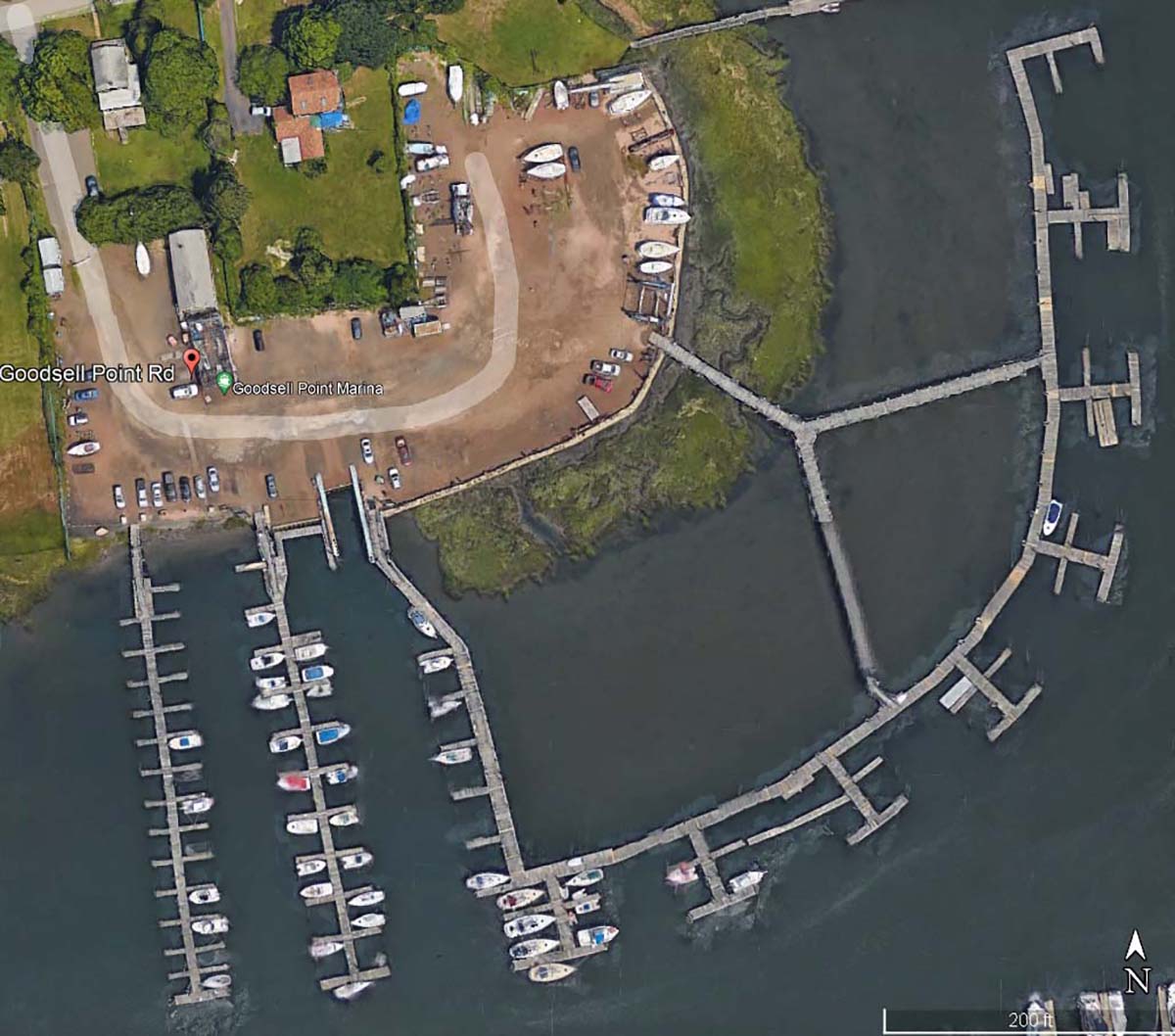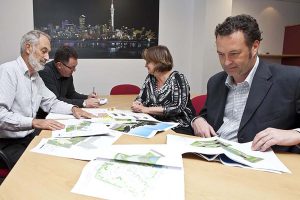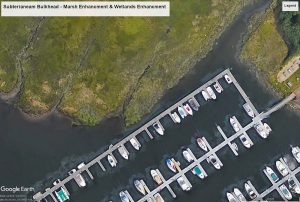
Working with Your Silent Partner (AKA Regulatory Agencies)
Published on October 2, 2023There is no question that after taxes, labor and insurance issues, one of the largest issues worldwide is dealing with a myriad of regulations. In some countries approvals can take up to eight to 10 years. The regulations keep coming, which is somewhat amazing considering the many thousands that already exist. Adding to the confusion and frustration is that they are on federal, state/province, regional and local levels, and many are conflicting.
Even worse, many of those responsible for their implementation do not fully understand, continually reinterpret them and/or are at odds with other agencies.
With that as a background and realizing there are times that it may seem difficult, one needs to remember that the purpose of regulations is to establish a set of rules, prevent harm to the environment, and make it safe and enjoyable to operate and partake. Regulators are human – they put their pants on one leg at a time, and by and large are there to help.
More importantly, the regulatory community has a job to do and needs to be understood. Since marinas need to work with various agencies, consider developing a partnership with them from the beginning of the project. Talking to them upfront and having them visit the site is a great way to start getting them involved. Understanding their programmatic desires and various causes du jour is a great way to start a dialogue, particularly when one realizes that one size shoe does not fit all. Many who work in agencies have never built anything nor initially understand that there may be site specific reasons why one would need to deviate for programmatic desires.
Developing a Relationship
We have found that meeting with regulators, typically with very preliminary sketches or drawings, explaining the benefits and peculiarities of the site, what one is trying to accomplish, and why various alternatives were not practical or functionally effective, goes a long way to opening their minds as to what the proposal is and why there are no other meaningful solutions. Many times, they may have some meaningful suggestions that can be incorporated. And even if you do not appreciate their perspective, considering their suggestions could be a good start. It is often a continuing process of discussions examining alternatives that may or may not work, and addressing both pros and cons that the regulators may not have thought about.

I have often said that every site is site-specific and that one needs to take the principles of the regulations and show how they are met, or, if deviations are desired, why they are meaningful and will not be harmful to the environment, why it will not set a precedent, and what can be considered as meaningful (mitigation) enhancements. But try not to use the word mitigation as it implies violating their rules.
In short, making regulators your partner and working with them as a partner will have meaningful results. Listen to their ideas, comments and suggestions. Do not react negatively if they do not make sense. Be patient and try to walk them through the various cause and effect issues.
Yes, it takes a bit more time on the front end – but, if you can present a meaningful approach to gain their understanding and acceptance, it can speed up the process of working through the requirements associated with the approval process.
One of the biggest no-no’s in the regulatory communities is disturbing a wetland area. In a project we worked on some years ago, there was a marina next to a wetland area with tidal marsh grasses and, at low tide, an existing mudflat. The marina wanted to expand and had been told over the years that they could not come closer to the mudflat at low tide or the tidal marsh grasses. In studying the aerials of the aera, we noted the marked shrinking of the tidal marsh, believed due to scouring by ice sheets and the commercial marine traffic wakes in the area. We brought the main regulatory agency down to discuss the issues and proposed a plan to stabilize the marsh by putting in a sub-marine bulkhead that would stabilize the mudflat near the marsh grasses and allow the marsh to grow rather than recede. The lead regulatory agency

took some time to review the issue and talk with the other agencies, and together we worked out a plan in partnership to undertake the project as a demonstration project. The bulkhead went in, the marsh filled back in and grew out toward the bulkhead, and the marina was allowed to dredge and expand the facility towards the bulkhead/marsh. Bottom line – it was a win-win approach, and one which the agencies have touted as a desirable enhancement for what had been considered a deteriorating wetland.
On the opposite end of the spectrum, we once worked with a federal agency that was proposing sweeping new nonpoint source pollution regulations, with particular emphasis on the marine industry, which was problematic at best for marinas and boatyards, not just because of cost but in terms of functionality and practicality. For months we and others worked with the agency, including making significant and meaningful proactive suggestions and revisions. Unfortunately, the agency’s project managers were not receptive. A couple of days before the regulations were to become effective, we were able to secure a meeting with the head of the agency and a myriad of staff, including the project managers. In the meeting, instead of ranting and raving, we stressed that we were in partnership with the agency and sought the same goals, outlined our proactive suggestions as well as why the potential rulemaking would not accomplish what was being sought, and was neither feasible nor practical for most of the county. After going back and forth with the head of the agency, I asked the simple question as to whether he or his major department heads had ever read the proposal? The room fell silent, and head of the agency said … “no.” We then suggested that he take it home, read it, and if he did not see anything that would be problematic, just issue the regulation as proposed. He committed to doing so, and the next day he called and told us he had instructed that the proposed regulation be delayed, rewritten and that they would take a very serious look at our proactive suggestions. He stressed that he was pleased to have us as a partner in the process, which resulted in a more feasible, practical, and cost-effective set of regulations.
In a much less dramatic example, we recently were working on the expansion of a docking facility at a private residence located in a somewhat exposed area. As part of the project, and per the client’s wishes, we had included extending further into the river and adding offset piles from the floating dock so as to allow for tying the vessel up away from the dock. Neither are high on the list of things for approval. We had arranged for a pre-application meeting with the principal regulators to review the site and our descriptions of what and why we were proposing the various aspects of the project and how and why two portions deviated from the programmatic approach, and how another portion was an enhancement beyond the programmatic desires. The discussions were meaningful and thorough. Not only did they agree to what we were proposing, the regulator suggested adding an offshore mooring to the scope of the project for times when even rougher weather may come through.
In Summary
Taking the time to understand the regulatory communities’ various perspectives allows for meaningful dialog and discussion. Most regulators are reasonable people who work in an often understaffed, overworked and sometimes contentious environment. Seeking their input and trying to work through things is a great recipe for success. If one needs to deviate from the ‘normal’ programmatic desires, be upfront at the beginning as to why it should be done for this site, and why alternatives are not meaningful. By working together there is more than a reasonable chance that there is a path forward both can agree upon.
Dan Natchez, CMP, is president of DANIEL S. NATCHEZ and ASSOCIATES Inc. He can be contacted by phone at 914/698-5678, by WhatsApp at 914/381-1234, by email at dan.n@dsnainc.com or online at www.dsnainc.com.
| Categories | |
| Tags |





